
Celebrate the Holidays with a New Hire or Career - November 29, 2017
ASPB and Plantae have already set a tone of collaboration and constant improvement by and for plant scientists. In keeping with our commitment to providing the best recruitment resources for our members, we are excited to announce the launch of our new and expanded online employment resource: the…
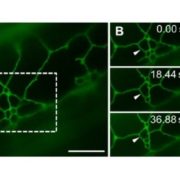
Update: Advances in imaging plant cell dynamics
By Jozef Samaj, George Komis, Dominik Novak, Miroslav Ovecka, Olga Samajova
Abstract
After the establishment of advanced fluorescence microscopy methods and the development of numerous fluorescent proteins it is possible to follow the organization and dynamics of most organelles and subcellular…
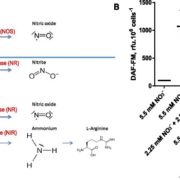
Nitric Oxide and Diatoms
All gases in the N cycle, including nitric oxide (NO), are present in oceans, either because of gas exchanges at the air-water interface or because they are produced within oceans themselves. NO, a physiologically important gaseous transmitter, is generated in seawater by nonbiological photochemical…
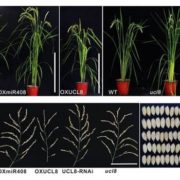
A MicroRNA Affecting Grain Yield in Rice
MicroRNAs (miRNAs), a class of abundant small noncoding RNAs, have been identified as important regulators of gene expression in plants, affecting many aspects of plant development. Recently, several miRNAs have been reported to regulate rice grain yield. A previous study revealed that miR397 regulates…
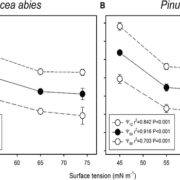
Xylem Sap Surface Tension and Hydraulic Safety
Xylem embolisms are induced by drought stress and/or freezing stress by means of “air-seeding,” that is the aspiration of gaseous bubbles into xylem conduits from adjacent gas-filled compartments via the pits. At water potentials less negative than the threshold for air seeding, the air-water interface…
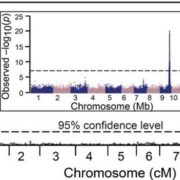
Chemical Defenses of Maize Roots
Of the many classes of natural products produced by plants, terpenoids are the most structurally diverse, with well over 25,000 established compounds. In maize (Zea mays), terpene olefins are nearly ubiquitous components of induced volatile emissions following biotic stress. In contrast to our understanding…

New Insights into Wound-Induced Callus Formation
Plants repair wound sites through the formation of unorganized cell masses called calli, which can also serve as progenitors of new organs. Callus formation and organ regeneration often entail cell cycle re-entry of quiescent cells, which is achieved through the re-activation of core cell cycle regulators…

Lignin Bioengineering in Poplar
Lignified cell walls constitute an important renewable and sustainable feedstock for the production of fermentable sugars, biochemicals, and biomaterials. In biorefineries, plant cell wall polysaccharides are depolymerized into simple monomeric sugars, a process called saccharification. These sugars…
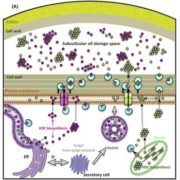
Review: Accumulation of plant volatile organic compounds
Plant glandular trichomes can store and secrete great amounts of volatile organic compounds (VOCs) that are important for a variety of processes, from development to interacting with herbivores. VOCs accumulate in specific extracellular spaces which can be subcuticular or intercellular. The active transport…

